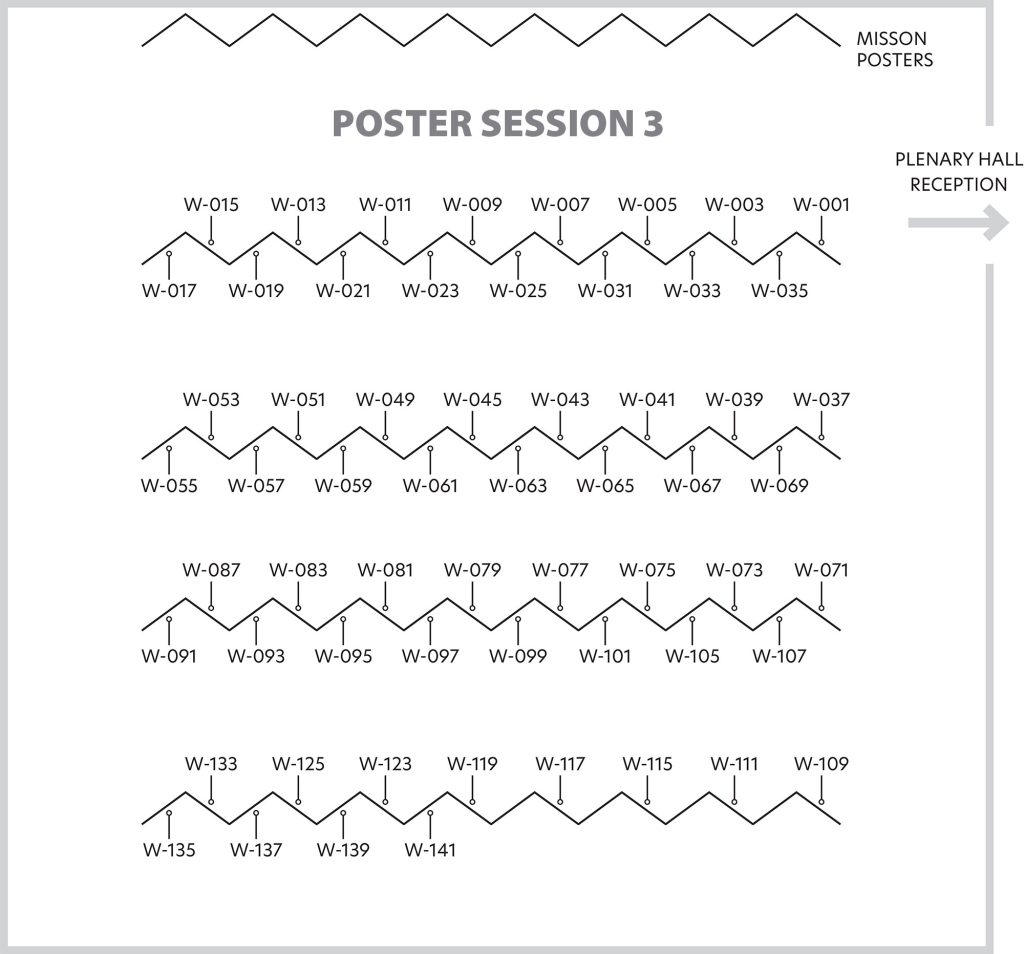POSTER Session 3
Wednesday, October 9
16:50–19:10
Poster Session | 1 | 2 | 3 | 4 | Instructions | Schedule at a Glance
ABSTRACT 982 | POSTER W-005
A MACHINE-LEARNING-CENTERED ATMOSPHERIC CORRECTION MODEL FOR MULTI- AND HYPERSPECTRAL SATELLITE OBSERVATIONS
An accurate atmospheric correction (AC) module for processing aquatic remote sensing data is crucial for producing remote sensing reflectance (Rrs). Our AC module, inspired by machine learning and leveraging Mixture Density Networks (MDNs), has undergone extensive evaluation (N ~1200) with Landsat and Sentinel-2 images over inland and nearshore coastal waters. The method employs a coupled ocean-atmosphere radiative transfer model to simulate top-of-atmosphere reflectance (Rho_t) using in situ hyperspectral Rrs measurements, considering various imaging geometries and atmospheric conditions without absorbing gases. The in situ Rrs and simulated Rayleigh-corrected spectra (Rho_rc) are resampled with sensor-specific spectral response functions to train an MDN ensemble for retrieving Rrs from Rho_rc. This ensemble is applied to Rayleigh-corrected satellite imagery and validated using available in situ data. Building on the success of our methodology, we extend this approach to the hyperspectral domain, generating products for NASA’s Ocean Color Instrument (OCI) aboard the Plankton, Aerosol, Cloud, ocean Ecosystem (PACE), and Earth Surface Mineral Dust Source Investigation (EMIT) missions. Our hyperspectral models are expected to match Landsat and Sentinel-2 performance, with median residuals of ~16% (green-bands) to ~30% (blue-bands). These results represent significant enhancements, with twofold improvements in blue bands compared to existing AC models. Our generated maps, including Rrs and associated products (chlorophyll-a, total-suspended-solids, absorption by colored dissolved organic-matter), will be showcased and compared with outputs from other processors using OCI and EMIT images. Validation uncertainties in fresh and coastal waters using OCI and EMIT imagery will inform future global space-borne spectrometers.
Akash Ashapure, Science Systems and Applications Inc. (SSAI) and NASA Goddard, USA, [email protected], https://orcid.org/0000-0003-4050-0301
Nima Pahlevan, Science Systems and Applications Inc. (SSAI), USA, [email protected]
William Wainwright, Science Systems and Applications Inc. (SSAI), USA, [email protected]
Daniel Andrade Maciel, Earth Observation and Geoinformatics Division, National Institute for Space Research, Brazil, [email protected]
Arun M. Saranathan, Science Systems and Applications Inc. (SSAI), USA, [email protected]
Ryan E. O’Shea, Science Systems and Applications Inc. (SSAI), USA, [email protected]
Peng-Wang Zhai, GESTAR II/Department of Physics, University of Maryland Baltimore County, USA, [email protected]
Poster Session | 1 | 2 | 3 | 4 |
Instructions | Schedule at a Glance
Questions?
Contact Jenny Ramarui,
Conference Coordinator,
at [email protected]
or (1) 301-251-7708

